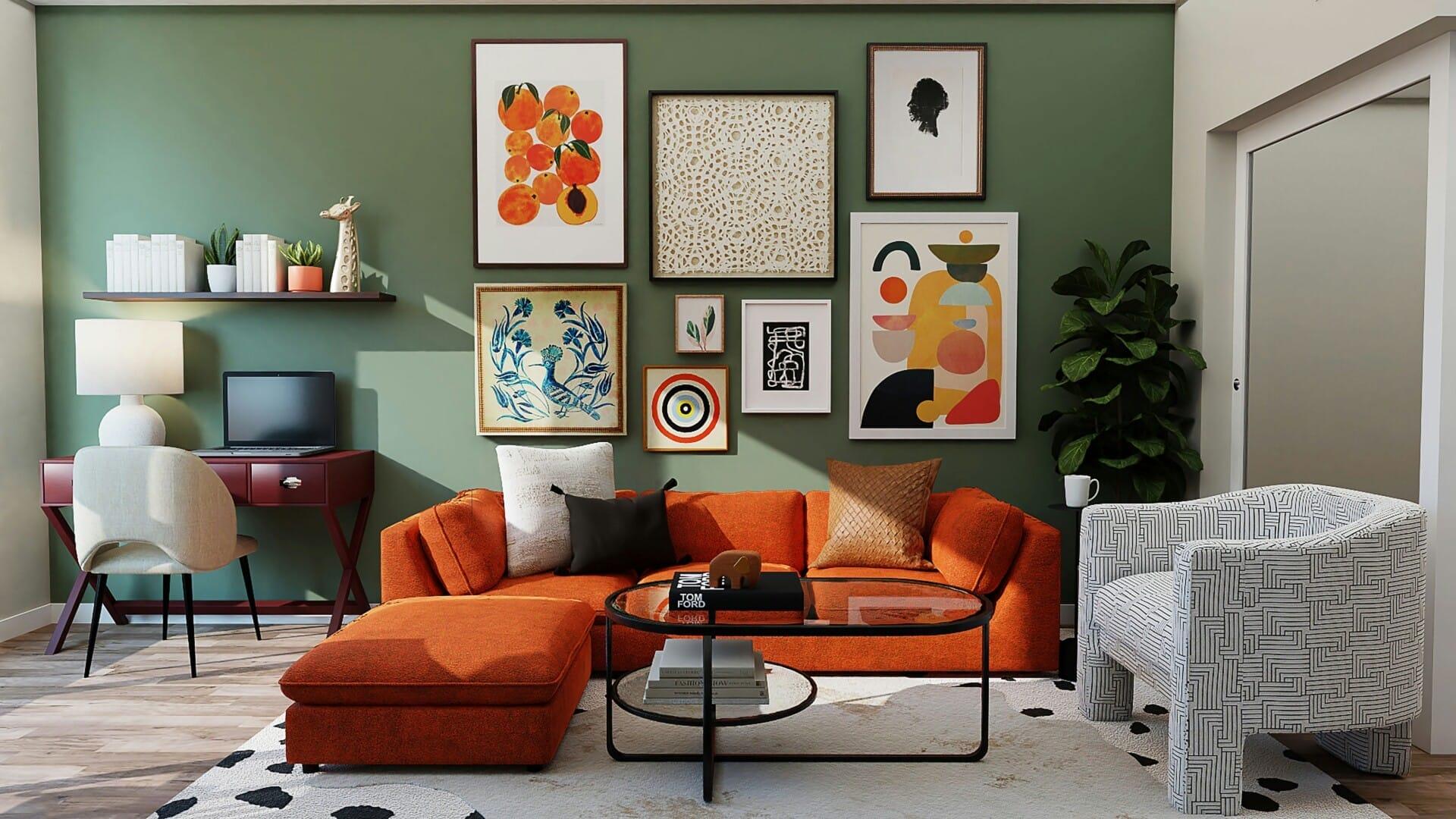Hey there, Malaysia! 🌏 Have you ever thought about how design shapes our everyday lives? From the ramps we navigate to the public spaces we enjoy, universal design is all about making sure everyone—regardless of age, ability, or background—can access and enjoy our surroundings. In this article, we’re diving into the exciting world of universal design and how it’s helping to create a more inclusive Malaysia. With a growing focus on accessibility, we’re seeing how thoughtful design can break down barriers and open up opportunities for everyone. So, let’s explore how this movement is paving the way for a Malaysia where everyone truly belongs! 🤝♿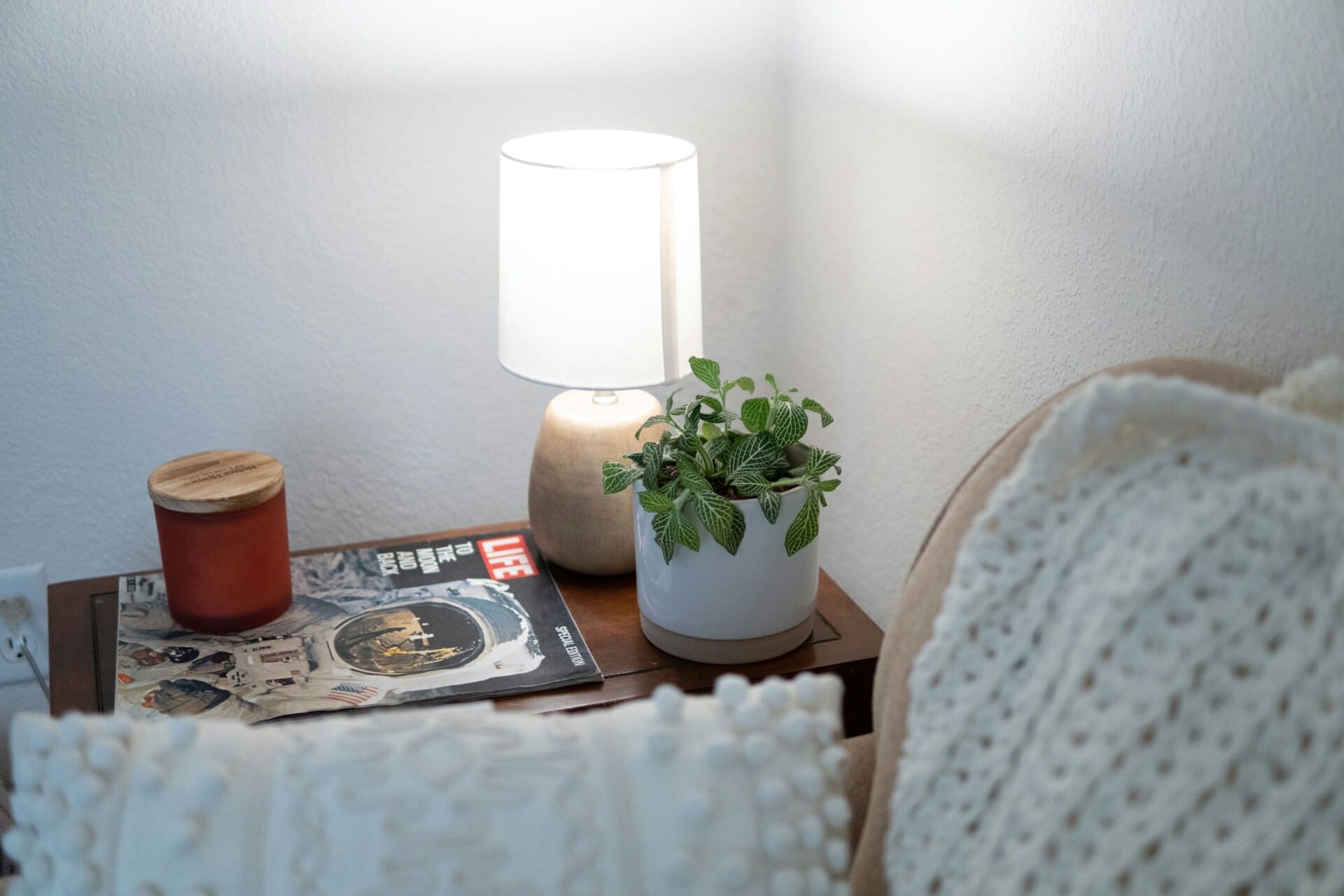
Exploring Universal Design Principles in the Malaysian Context
In the vibrant tapestry of Malaysia, where cultures seamlessly intertwine, embracing universal design principles holds the key to fostering inclusivity. These principles advocate for creating spaces, products, and services usable by all individuals, regardless of their abilities or age. By intertwining these concepts into local practices, we can transform our communities into safe, welcoming environments that cater to the diverse spectrum of the Malaysian populace. Imagine a world where public parks, transportation, and public buildings are designed with everyone in mind—from children to seniors, from people with mobility challenges to those with sensory impairments.
To truly embed universal design in Malaysia, we can start with practical steps that make a tangible impact. Consider the following initiatives that align with local culture and architecture:
- Accessible Public Transportation: Implementing low-floor buses and better signage that supports multiple languages and easy navigation for everyone.
- Inclusive Housing Schemes: Promoting developments that feature barrier-free designs, ensuring that homes are adaptable to changing needs over time.
- Cultural Sensitivity Training: Conducting workshops for architects and designers to understand the importance of inclusivity and how it respects Malaysia’s rich cultural diversity.
Furthermore, the role of community involvement cannot be understated. By engaging citizens in the design process, we can harness local insights that enrich our approach to universal design. A recent survey highlighted the needs of various groups, such as:
| Group | Need |
|---|---|
| Seniors | Safe walking paths and resting zones |
| Parents with Strollers | Ramps and accessible entrances |
| Individuals with Disabilities | Feedback channels for improving services |
By prioritizing these design principles, we not only uphold the Malaysian spirit of solidarity but also weave accessibility deeply into the fabric of society. It’s not just about compliance; it’s about creating a Malaysia where everyone, in every situation, feels seen, valued, and empowered.

Breaking Barriers: The Importance of Accessibility in Urban Planning
In Malaysia, the concept of universal design isn’t just a buzzword; it’s becoming an essential framework in urban planning that caters to everyone, regardless of age, ability, or status. Imagine navigating through the streets of Kuala Lumpur and finding an environment designed to accommodate the diverse needs of its citizens. From widened sidewalks with tactile paving for the visually impaired to elevators in public transport hubs, these elements are more than just thoughtful touches—they’re paving the way for a more inclusive society.
When we talk about accessibility, it’s important to recognize that it goes beyond physical features. It encompasses social, economic, and cultural aspects that allow every member of the community to participate fully. Here’s what makes a truly accessible urban area:
- Community Engagement: Involving residents in planning decisions ensures that their voices and needs are prioritized.
- Education and Awareness: Raising public awareness about inclusivity can help cultivate empathy and understanding.
- Technological Integration: Using apps and digital tools to improve navigation and accessibility can bridge gaps for those with disabilities.
Furthermore, the financial implications of accessibility are significant; cities that invest in universal design often see economic benefits. More accessible locations can attract tourism, boost local businesses, and reduce health care costs by promoting active lifestyles. Below is a brief overview of the economic impact of inclusive strategies:
| Strategy | Potential Economic Impact |
|---|---|
| Improved Public Transport | Increased users and reduced congestion |
| Business Accessibility | Higher foot traffic and sales |
| Community Events | Boost in local tourism |
As urban planners in Malaysia continue to prioritize accessibility, we’re not just improving infrastructure; we’re enhancing the quality of life for all. A commitment to universal design paves the way for a future where barriers are minimized, and everyone can enjoy the vibrant tapestry of urban life. Let’s embrace the changes that will lead us to a more inclusive Malaysia, where everyone feels at home!

Reimagining Public Spaces: Parks, Transit, and Community Facilities
In Malaysia, reimagining public spaces is about enhancing the way we connect with our surroundings. It’s time to step beyond traditional design concepts and embrace universal design principles that prioritize accessibility for everyone. Imagine parks where pathways are fluid and easy to navigate, featuring sensory gardens that invite people of all abilities to engage with nature. These inclusive green lungs become more than just beautiful locales; they turn into community hubs where individuals gather, share stories, and foster relationships.
When we think about public transit, it’s crucial to envision a system that serves us all. An inclusive transit environment means not just wheelchair-friendly buses, but real-time information systems designed with everyone in mind. Consider the addition of tactile surfaces in train stations and clear signage that caters to visual impairments. By incorporating features like audio announcements and mobile app accessibility, we can ensure that everyone, from the elderly to those with disabilities, has equal access to transportation and does not face barriers in their daily commutes.
Community facilities are another focal point for enhancing inclusivity. Libraries and community centers should not only offer services but also be designed as welcoming places for interaction. Flexible spaces can support a variety of activities and needs, from children’s storytime to adult workshops. By creating multipurpose environments that include quiet corners, sensory rooms, and accessible restrooms, we help forge stronger community ties and encourage diverse participation. The effort to redesign these spaces based on universal principles is not just beneficial; it is a crucial step toward a more compassionate and connected society.

Empowering Businesses: Universal Design in Retail and Services
In today’s fast-paced world, creating spaces that cater to everyone’s needs is not just a nicety—it’s a necessity. Universal design in retail and services ensures that all customers, regardless of their abilities, can enjoy a seamless shopping experience. By implementing thoughtful design elements, businesses can attract a larger audience and foster customer loyalty. The following are some key aspects to consider:
- Accessibility Features: Ramps, wide aisles, and automatic doors are just the beginning. Businesses should also consider tactile signage and auditory cues to assist visually impaired customers.
- Inclusive Staff Training: Empowering employees with knowledge about how to assist individuals with various needs not only improves service but enhances the overall atmosphere of inclusivity.
- Feedback Mechanisms: Encourage customers to share their experiences. This can provide valuable insights into areas of improvement and help you stay ahead of the curve.
Moreover, the economic benefits of embracing universal design are significant. A more inclusive retail environment attracts a diverse clientele, increasing footfall and potential sales. Consider these statistics:
| Community Impact | Estimated Increase in Sales |
|---|---|
| Accessible Retail Stores | 20%+ |
| Training Programs for Staff | 15%+ |
| Customer Feedback Implementation | 10%+ |
Ultimately, incorporating universal design isn’t merely about compliance—it’s about creating a welcoming space where everyone feels valued. As we increasingly move towards a more inclusive Malaysia, businesses that prioritize these principles are not only setting themselves apart but are actively contributing to a better society. Imagine a shopping experience where every individual can browse, ask for assistance, and feel comfortable without barriers. It’s a vision within reach, and it’s time to make it a reality.
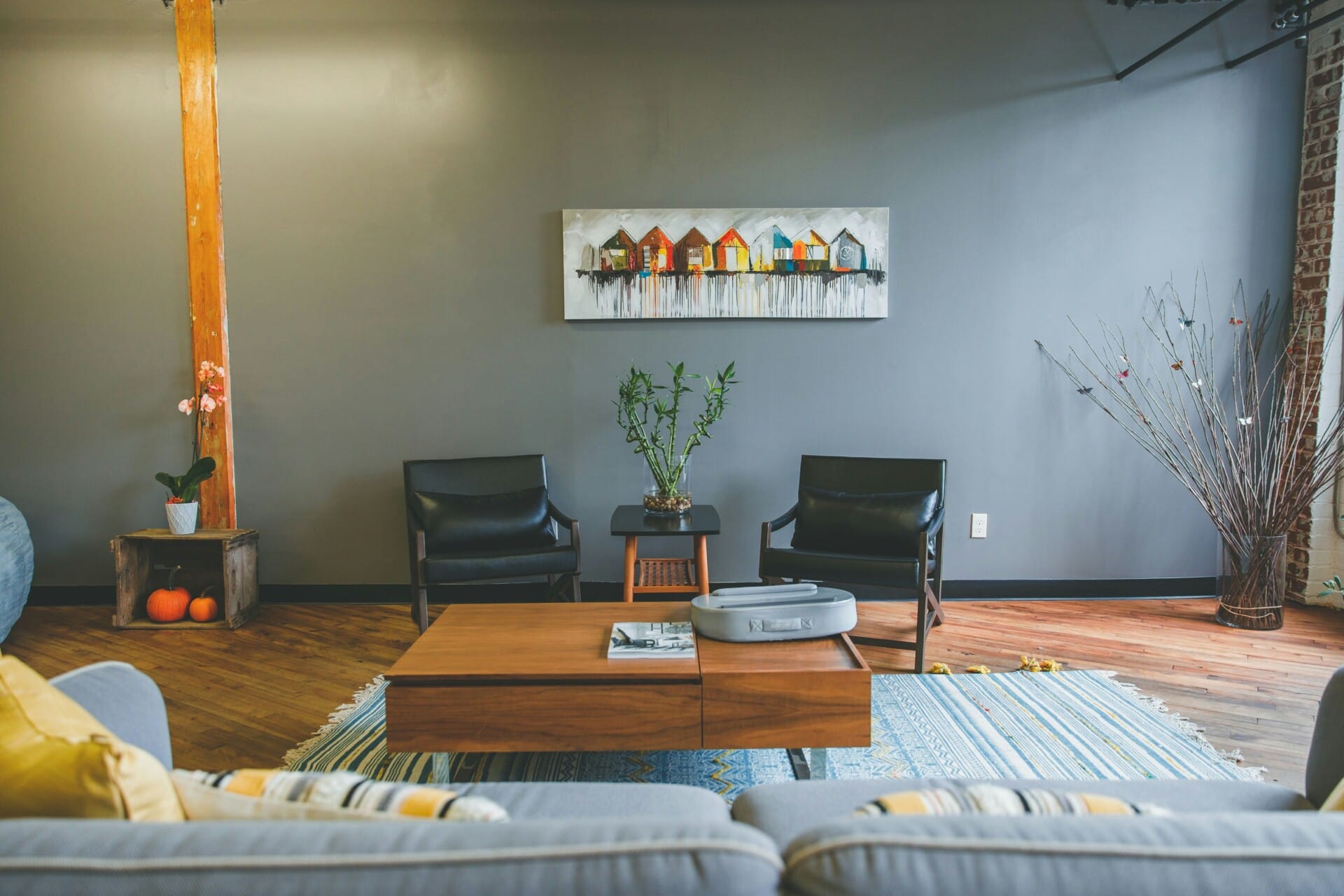
Education for All: Ensuring Learning Environments are Inclusive
Creating an inclusive learning environment goes beyond physical access; it’s about fostering an atmosphere where every student can thrive. In Malaysia, we are witnessing a remarkable shift towards embracing Universal Design for Learning (UDL) principles that cater to various learning styles and needs. This approach empowers educators to provide multiple means of engagement, representation, and action, effectively opening doors for students who once faced barriers. By implementing UDL, schools can tailor their lessons in ways that resonate with all learners, ensuring no one feels left out.
Imagine classrooms where adaptive technologies and resources are commonplace. Teachers can utilize assistive devices, interactive digital content, and flexible seating arrangements to accommodate diverse abilities. Here’s a quick look at some innovative approaches being adopted:
- Assistive Technology: Tools like speech-to-text software make writing easier for all learners.
- Visual Aids: Infographics and videos help convey information more effectively.
- Peer Support: Buddy systems encourage collaboration among students with different strengths.
With a commitment to inclusivity, Malaysian educational institutions are also enhancing teacher training. Overhauling curricula to emphasize cultural responsiveness and diversity awareness is essential. The impact is visionary as teachers learn to approach lessons not just through a one-size-fits-all lens but by recognizing and valuing the uniqueness of each student. The table below highlights the key training programs being introduced:
| Program Name | Focus Area | Duration |
|---|---|---|
| Inclusive Practices Essentials | Understanding diverse needs | 2 weeks |
| Tech-Enabled Learning | Integrating assistive technology | 3 weeks |
| Collaborative Classroom Strategies | Promoting peer interaction | 1 month |
These initiatives reflect a larger movement towards recognizing education as a fundamental right for everyone, regardless of their circumstances. By prioritizing inclusivity, Malaysia is not only enhancing educational outcomes but also building a society where every individual feels valued. Let’s unite our efforts to ensure that education becomes truly equitable for all! 🎓
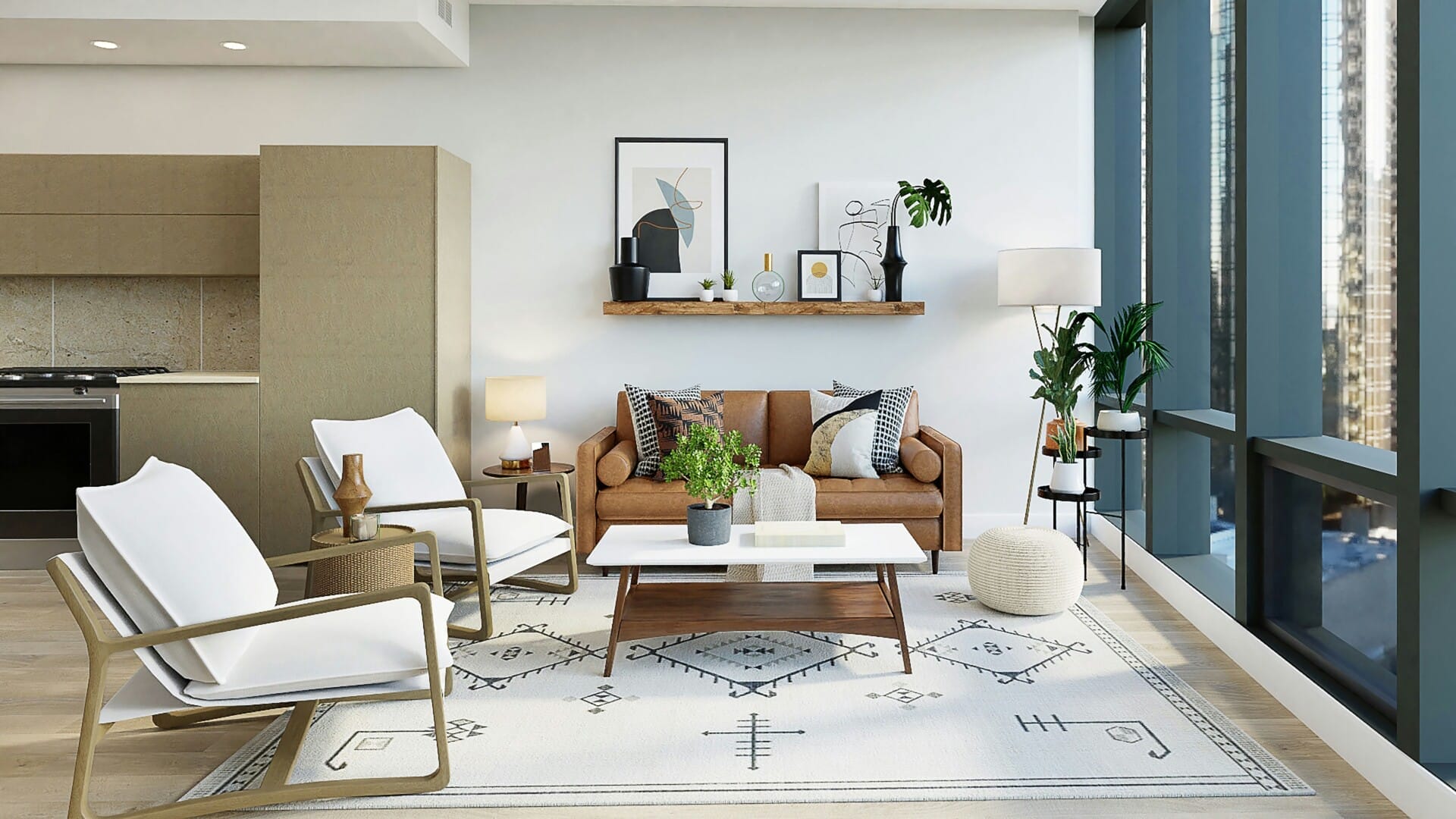
In the quest for inclusivity, technology and innovation have become the backbone of accessibility enhancement across Malaysia. From mobile apps that navigate public spaces to smart home solutions tailored for those with mobility challenges, the digital world is breaking down barriers like never before. Innovative tools are not just inventions; they represent a mindset shift towards ensuring everyone, regardless of their abilities, can participate fully in society. This transformation is evident in various sectors such as education, transportation, and even entertainment.
Key players in this movement are embracing tools that allow for seamless integration of accessibility features. For instance, screen reading software and voice-activated devices are making information more accessible for the visually impaired community. Additionally, augmented reality applications are helping individuals understand intricate environments, giving them confidence and independence. This shift isn’t just about tech; it’s about fostering a culture where accessibility is a priority and everyone can contribute to the conversation.
| Technology Tools | Accessibility Benefits |
|---|---|
| Mobile Navigation Apps | Safe travel in public spaces |
| Smart Home Automation | Enhanced daily living for persons with disabilities |
| Telehealth Services | Remote healthcare access |
Moreover, the integration of artificial intelligence is setting groundbreaking standards in personalized experiences. AI-driven platforms analyze user interactions, providing customized support tailored specifically to the needs of individuals. This level of personalization means that accessibility isn’t one-size-fits-all; instead, it adapts and grows with the user, creating a truly inclusive environment. As our reliance on technology deepens, its role as a catalyst for change becomes irrefutable, paving the way for a Malaysia where everyone can thrive.
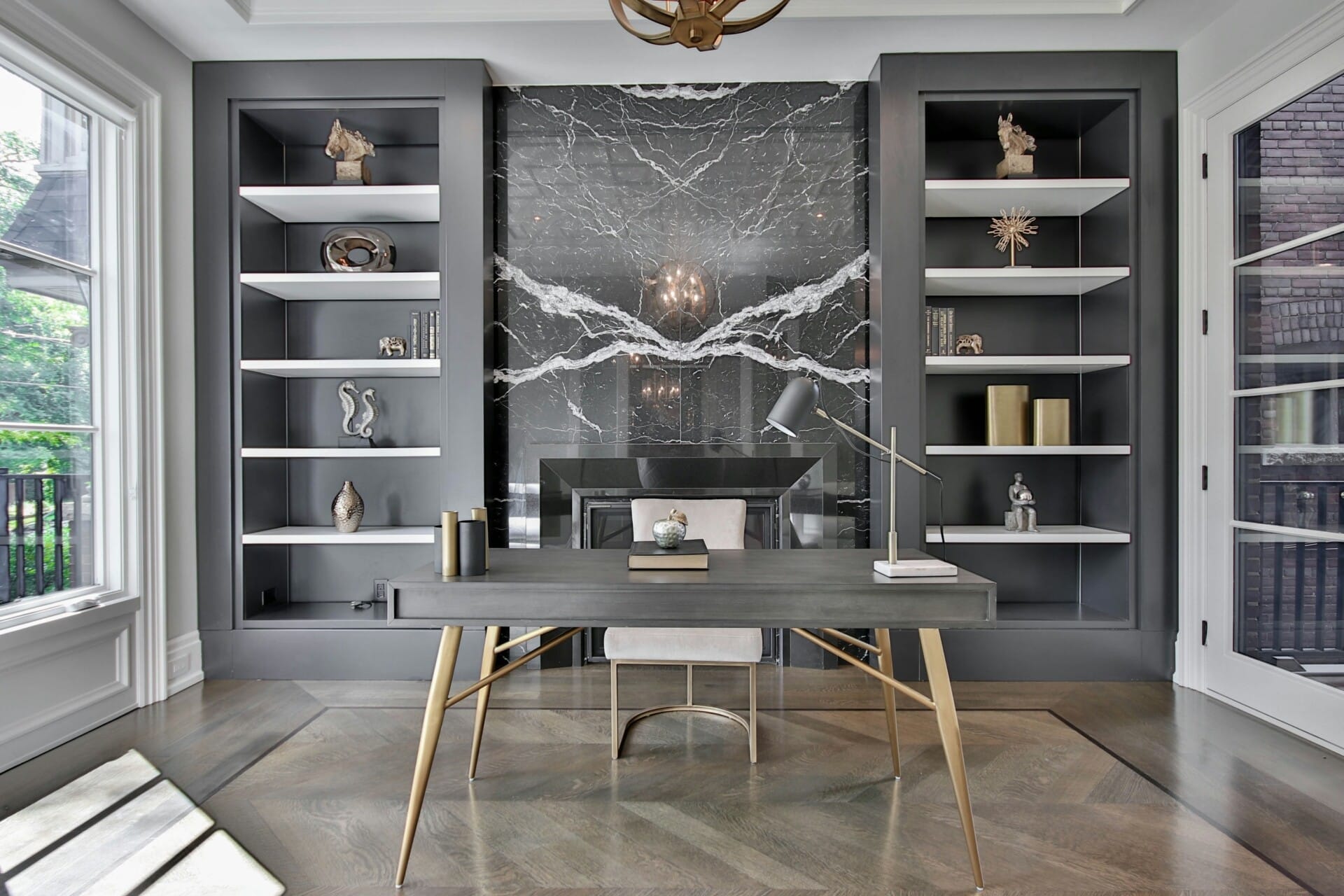
Engaging the Community: The Role of Stakeholders and Advocacy Groups
In the journey towards a more inclusive Malaysia, the collaboration between the community and various stakeholders has become a beacon of hope and progress. Advocacy groups play a crucial part in amplifying the voices of individuals with disabilities, ensuring their needs and concerns are heard loud and clear. By fostering strong relationships with local governments, businesses, and educational institutions, these groups can initiate practical changes that promote universal design principles. This cooperative spirit drives Malaysia forward in creating environments that are accessible and welcoming to everyone.
Engagement isn’t just about raising awareness; it’s about taking tangible action. Stakeholders can participate in workshops, roundtable discussions, and community forums that focus on identifying barriers faced by individuals with disabilities. By working together, stakeholders can offer innovative solutions that cater to diverse needs, leading to effective strategies. Here are some key focuses for collaboration:
- Accessible Infrastructure: Ensuring sidewalks, public transport, and buildings are designed with everyone in mind.
- Awareness Campaigns: Educating the public about the importance of inclusivity and empathy.
- Policy Development: Advocating for laws and regulations that enhance accessibility and protect the rights of individuals with disabilities.
To measure and celebrate these community efforts, stakeholders can utilize data showcasing the impact of their initiatives. A simple table can illustrate the progress made in various areas of inclusivity:
| Initiative | Impact |
|---|---|
| Installed Ramps in Public Spaces | Increased wheelchair accessibility by 40% |
| Awareness Workshops | Engaged over 500 participants in understanding disability issues |
| Policy Changes | Enhanced legal protections for individuals with disabilities |
When everyone comes together, we can create a Malaysia where accessibility is not just a privilege but a right. Empowering advocates and stakeholders to champion the cause of universal design fosters a culture of inclusion, setting an inspiring precedent for future generations.
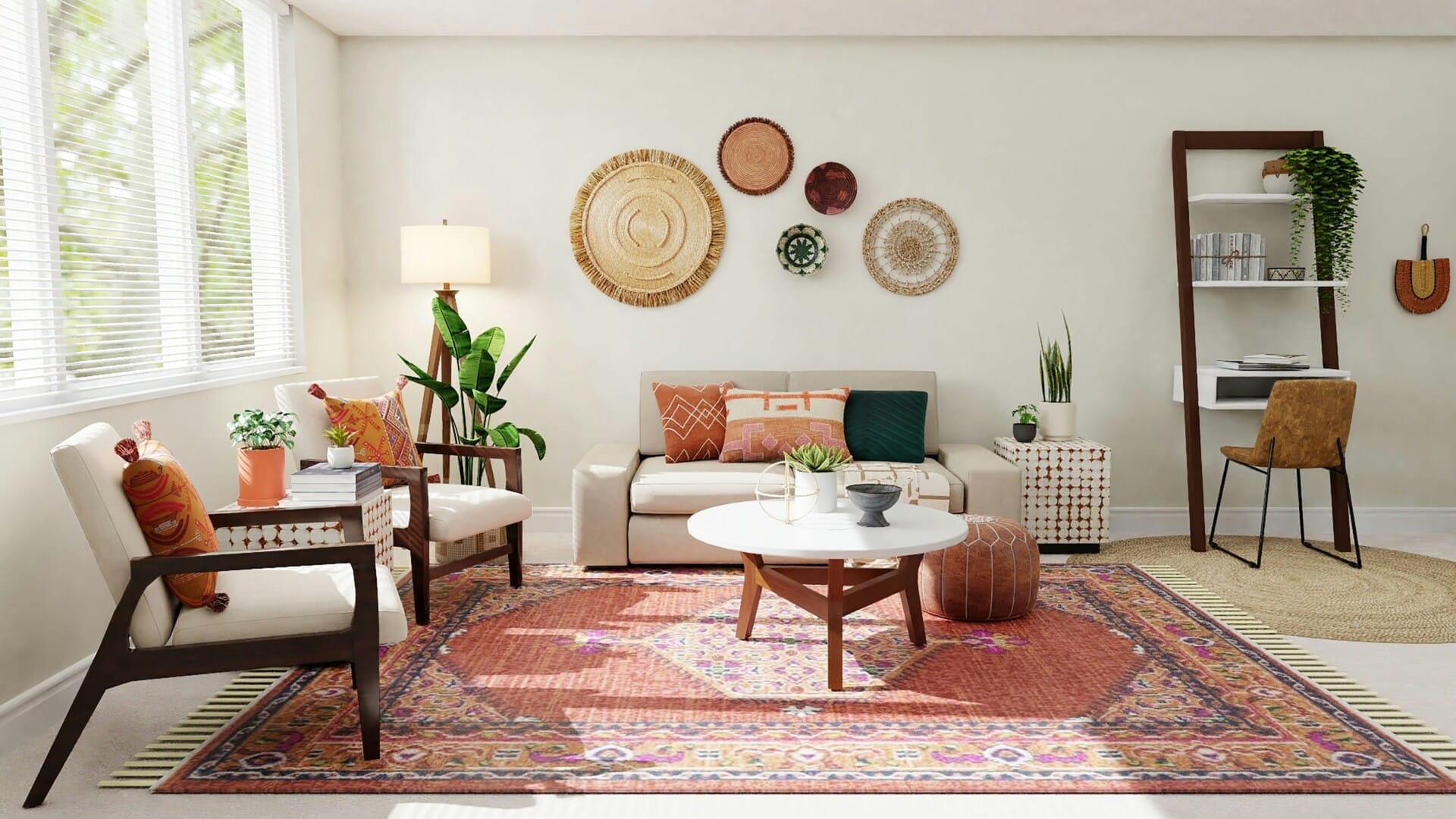
Future Vision: Building a More Inclusive Malaysia Through Policy and Practice
Embracing universal design means creating spaces and systems that welcome everyone, regardless of their physical abilities or backgrounds. In a diverse country like Malaysia, it’s essential to acknowledge the unique needs of all our citizens. We’re talking about ensuring that public transport is easy to navigate, that buildings have ramps and elevators for wheelchair users, and that digital platforms cater to persons with disabilities. By implementing these changes, Malaysia can showcase its commitment to being a nation where accessibility is not an afterthought, but a priority.
To make our vision a reality, collaboration among various sectors is crucial. This includes:
- Government: Legislative frameworks that support inclusive design must be put in place, guiding all new projects.
- Private Sector: Businesses should adopt practices that consider customer needs at every level, from marketing to product development.
- Community Engagement: Involving people with diverse abilities in the planning process ensures that we capture real needs and ideas.
ongoing education and awareness are vital in making this shift. Schools and organizations should promote inclusivity through workshops and training sessions, ensuring that everyone understands and values the principles of universal design. Consider establishing a platform for sharing successful case studies and innovations in accessibility. This way, we not only spotlight local heroes, but we create a framework for continuous improvement across Malaysia. Imagine walking down the streets of Kuala Lumpur, where every stall, every store, and every space celebrates diversity and accessibility—now that’s a Malaysia worth striving for!
In Conclusion
As we wrap up our exploration of universal design and its transformative impact on Malaysia, it’s clear that the journey towards a more inclusive society is not just a lofty goal—it’s an achievable reality. The strides we’re making together in creating accessible spaces and services are not just benefiting a select few; they’re enriching our entire community.
Imagine a Malaysia where everyone, regardless of ability, can fully participate in the vibrant tapestry of our culture and daily life. This vision is within our reach, and it starts with each of us playing our part. Whether it’s advocating for better infrastructure, supporting inclusive events, or simply being mindful of those around us, every action counts.
So let’s keep the momentum going! With every step, we’re not just making a more accessible Malaysia; we’re making it a better place for everyone. Here’s to a future where we all thrive together. Cheers to accessibility for all! 🤝♿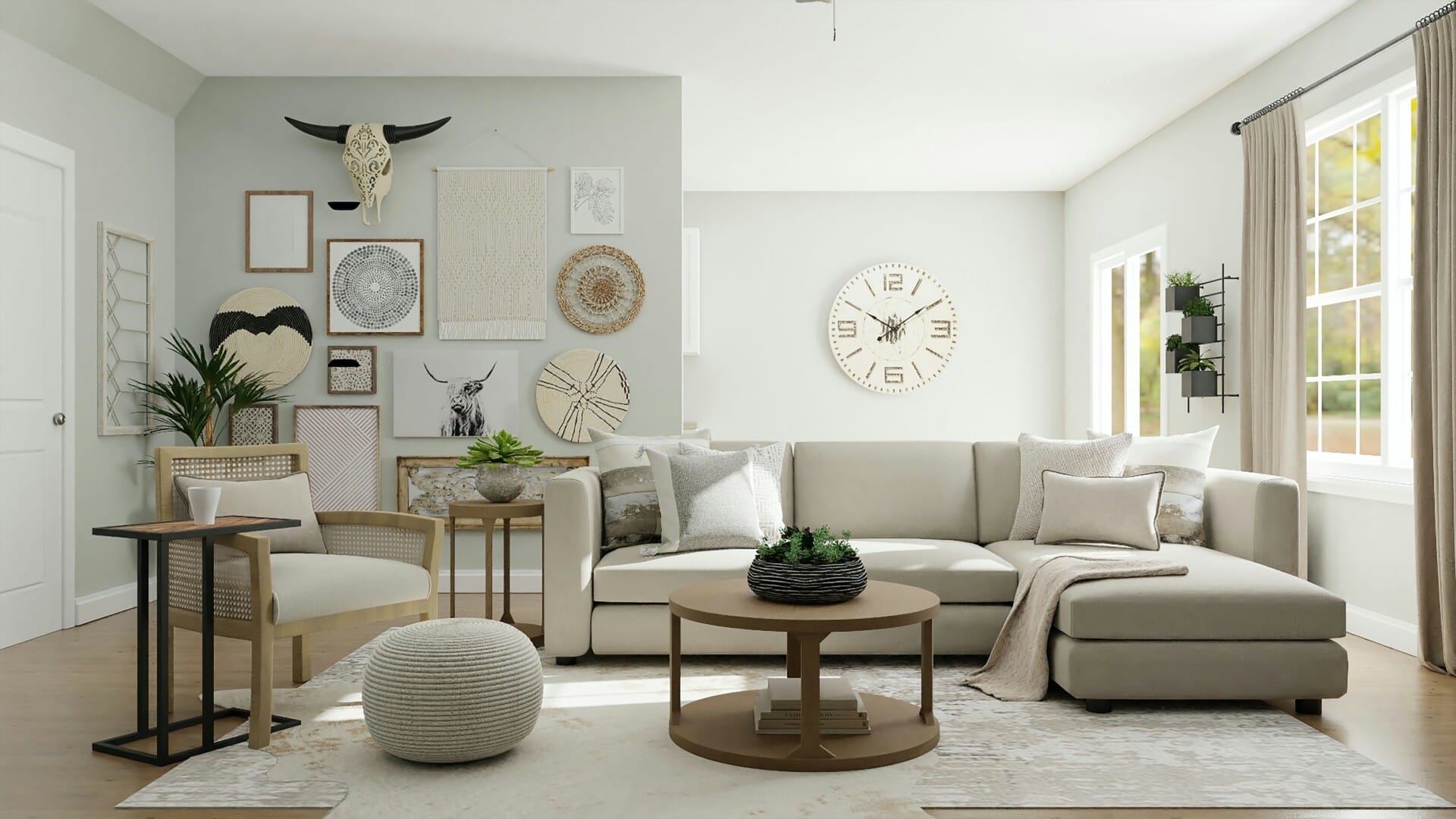
Source link
kontraktor rumah
bina rumah
pinjaman lppsa
pengeluaran kwsp
spesifikasi rumah
rumah batu-bata
pelan rumah
rekabentuk rumah
bina rumah atas tanah sendiri
kontraktor rumah selangor
rumah banglo
